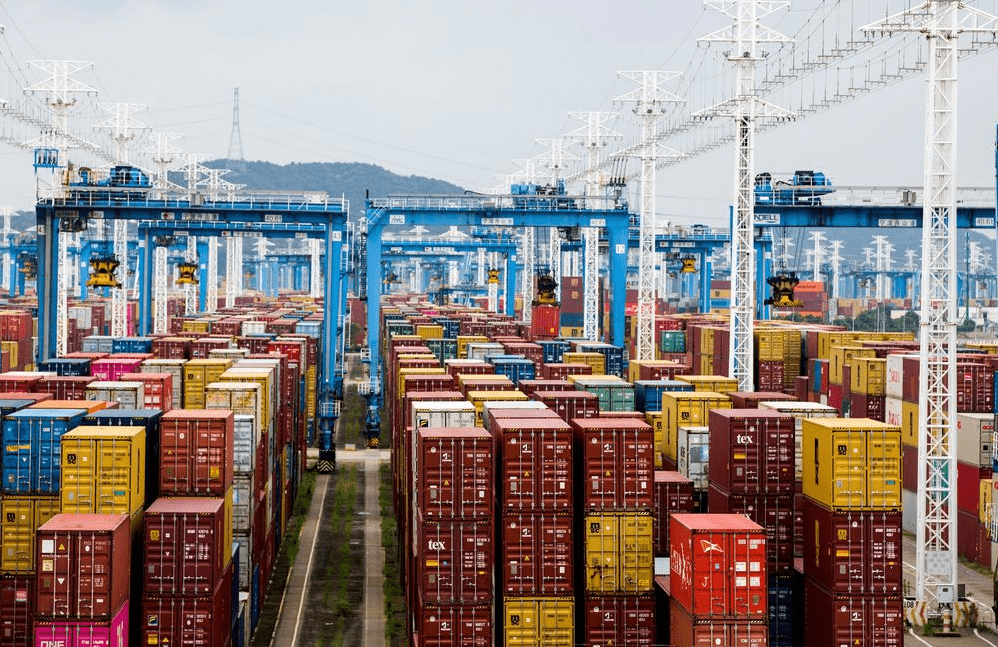Pre-berth waiting times showed clear signs of improvement towards the end of 2022 despite, increasing disruption due to transport sector strikes, and this trend is expected to continue through 2023.
After more than two years of widespread port congestion, the industry is beginning to see signs of improvement, according to the latest findings from Drewry’s Ports and Terminals Insight.
Globally, pre-berth waiting time remained significantly above pre-pandemic levels through 2020-22. In 2019, waiting time accounted for just over 17% of the total port time, but in both 2021 and 2022 pre-berth waiting had increased to more than 25% of the total port time.
There were clear signs of improvement in 2H22, despite rising levels of disruption associated with dock labour and other transport sector strikes. But despite this progress, pre-berth waiting time remains elevated above pre-pandemic levels, leaving much work to do.
By 4Q22, it was only the North America and Oceania regions where pre-berth waiting remained materially (>10%) above 2019 levels. In contrast, pre-berth waiting time in Europe was 16.6% in 4Q23, just 1.2% above the 2019 average of 15.4%.
While some of the improvement across our African port sample can be attributed to higher calls following the expansion of capacity at Tanger Med, there has been marked improvement at many other ports across the region.
Drewry expects port waiting time and congestion to return to pre-pandemic levels over the course of 2023, thanks to reduced cargo demand, due to lower economic growth combined with a resumption of more normal seasonality. Signs of the latter are clearly evident in the first few weeks of the year which heralds more predictable times, though continued use of blanked sailings will add to average berth times.
The Ports and Terminal Insight is a quarterly report covering the latest developments in the container ports and terminals market, accompanied by a new monthly report providing regular port congestion and performance monitoring. It looks behind the data and topical issues to answer both the ‘cause’ and ‘effect’ questions that matter most to senior industry stakeholders.
Copyright Ships & Ports Ltd. Permission to use quotations from this article is granted subject to appropriate credit given to www.shipsandports.com.ng as the source.

